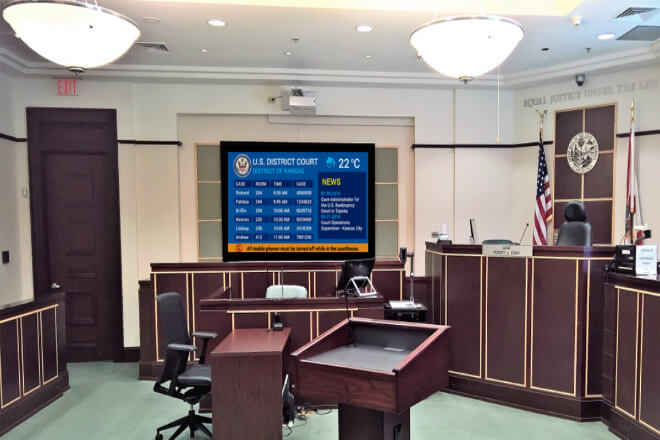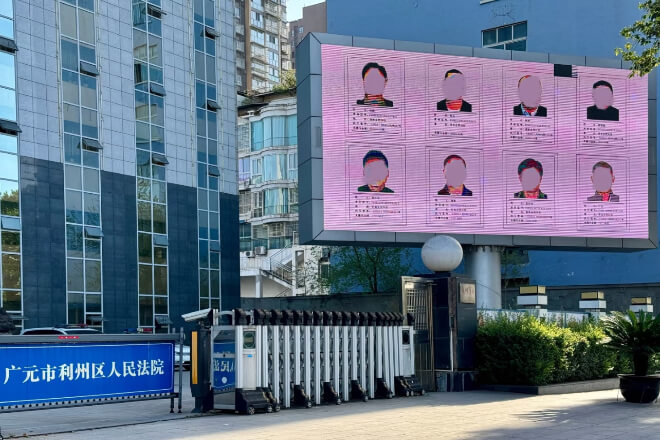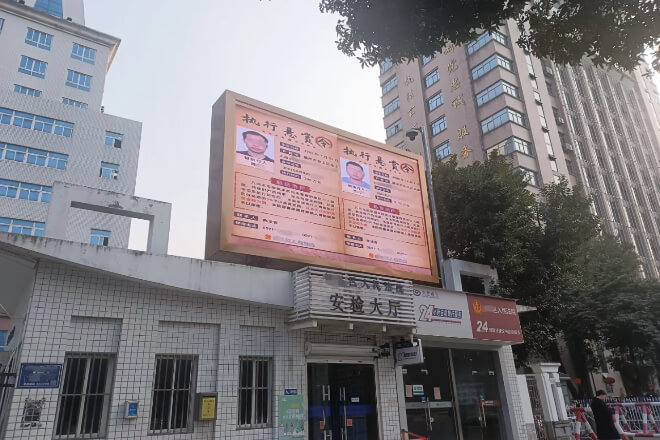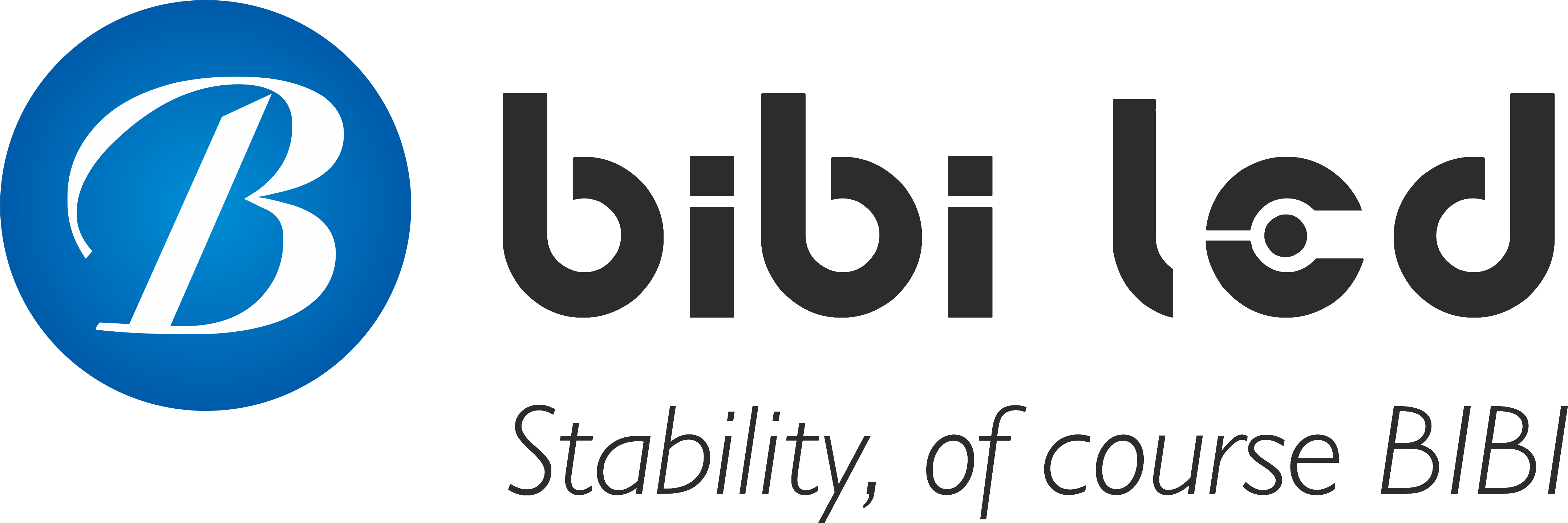Introduction
In today’s digital age, as an important place to maintain social fairness and justice, how to efficiently and transparently transmit information has become an urgent problem to be solved. The emergence of LED display screens provides a brand-new solution for courts.
Table of Contents
1. Analysis of the benefits of using LED display screens in courts

With LED display screens in courts, it is like having a moving “loudspeaker.” Any information can be put on it; whether it is text, pictures, or videos, it can be clearly displayed.
For example, if the court wants to announce the opening time of a case or explain a new legal provision, it can be directly put on the LED screen, and everyone can see it from a distance.
It is much clearer than the notice paper posted on the wall, and there is no need to worry about the wind and sun blurring the handwriting.
This LED display screen is very convenient for updating content.
In the past, if there was any change in the court’s announcement, it had to be reprinted and posted, which was not only time-consuming and labor-intensive but also prone to errors.
Now, the staff can change the content on the display screen immediately by moving their fingers on the computer.
For example, if a case suddenly changes the court date, the new date will be displayed immediately after a simple operation in the background, and everyone can see the latest news without delaying things.
LED display screens can also make the trial process transparent. The court can transmit the images and sounds of the trial scene to the display screen in real time so that those who cannot enter the court can also see how the trial is conducted.
In this way, everyone can understand more clearly how the court adjudicates the case and have a better understanding of it.
This transparency not only allows people to supervise the work of the court but also allows everyone to better understand the difficulties of the court and enhance their trust in the court.
This LED display screen is bright and colorful, and it is comfortable to look at. Whether in a well-lit place in the hall or a slightly dark corner, you can clearly see the content on it.
Moreover, from all angles, there will be no distortion of the picture or color distortion.
In this way, everyone will be more willing to read the information on it, and they will not feel tired of their eyes.
This strong visual effect not only attracts everyone’s attention but also makes the court look more technological and enhances the overall image of the court.
The court uses LED display screens, which makes it feel “high-end” all of a sudden. This is not just for the sake of appearance.
This shows that the court is trying to keep up with the times and actively adopt new technologies to improve its service level.
In this way, the people will feel that the court is a place that keeps pace with the times and is reliable.
The trust and recognition of the court will naturally increase, and the credibility of the court will also increase.
With network technology, court staff can remotely control the LED display screen through computers or mobile phones in the office or even outside.
If you want to update the content and adjust the display mode, you don’t have to run to the display screen to operate. Just move your fingers.
This not only saves time and improves work efficiency but also makes the management of the court more modern and intelligent.
Requirement 1: Legal compliance requirements for display content

1). Don’t disclose privacy
Some cases in the court are special, such as those involving minors, and the children’s affairs must be kept confidential.
If their names, family situations, etc., are accidentally disclosed, it will have a great impact on the children’s future growth.
There are also family cases, such as divorce and property division between couples, and the parties certainly do not want these private matters to be known by outsiders.
Therefore, when the court uses LED display screens, it must keep this pass and not let this private information be exposed.
2). Do things according to the rules
The court has its own announcement system, which is like the “rules” for doing things. The content to be displayed on the LED display screen must follow this rule.
For example, there are clear regulations on what content should be announced and when to announce it.
For example, the court opening announcement must clearly state the name of the case, when the court will open, where the court will open, and who will hear the case.
It must be published within the specified time, not too early or too late. Otherwise, if the parties and lawyers do not see it in time, it is easy to delay things.
3). Don’t hurt people’s reputation and portrait
When displaying information on the LED display, be careful not to hurt the reputation of the parties.
For example, you cannot use harsh words or misleading ways to describe the case. Otherwise, the parties will feel wronged, and their reputation will be damaged.
There is also the right to portrait, which means that you cannot use the photos of the parties at will.
If you put his/her photo on it without the consent of the parties, the parties may feel uncomfortable and feel that their rights have been violated.
Therefore, when using LED display screens, the court must be cautious and respect everyone’s reputation and portrait rights.
Requirement 2: Location and installation requirements of LED display equipment

1). Ensure the order of the trial and the privacy of the parties
The court trial is very serious and cannot be disturbed by the display screen outside. Therefore, if you want to install an LED screen near the court, you have to choose a suitable place.
For example, you cannot install the display screen directly opposite the court; otherwise, the people inside may be dazzled by the light outside, affecting the trial.
In addition, if the content of the trial is sensitive, such as involving commercial secrets or personal privacy, the location of the display screen must ensure that these contents cannot be secretly seen by people outside.
Just like holding an important meeting in a quiet room, you certainly don’t want a large screen outside to leak out the content of the meeting.
2). Outdoor screens do not affect surrounding traffic or residents’ lives
If you want to install an LED screen outside the court, you have to consider the surrounding situation.
You can’t dazzle people driving on the road because the screen is too bright or too large, which is too dangerous.
You can’t let the sound of the screen be too loud and affect the lives of nearby residents. For example, when everyone is resting at night, the screen is still playing a loud sound, which is definitely not okay.
It’s like you are watching TV at home, the sound is too loud, affecting your neighbors’ rest, and you will definitely be complaining.
3). Comply with the government and court internal decoration management regulations
Installing an LED screen is not just finding a place to nail it. It must be in accordance with the regulations of the government and the court.
The government may have regulations that say the brightness of the display screen cannot exceed a certain amount, or there are requirements for the height and location of the installation.
The court also has its own decoration regulations, such as not damaging the appearance of the building and not affecting the use of other equipment.
It is like decorating a classroom in a school. You cannot just randomly hammer in nails. You must follow the school’s rules. Otherwise, the structure of the classroom may be damaged.
Requirement 3: Requirements for technical security and information confidentiality

1). Must be connected to the court’s intranet or dedicated information system
The court’s LED display screen cannot be connected to the outside network at will. It must be connected to the court’s own intranet or dedicated information system.
This is like building a “safe house” for the display screen. Only people inside the court can operate it.
This ensures that the content on the display screen has been reviewed by the court and there will be no messy information.
For example, if the court wants to issue an announcement on a case, the content must first be reviewed and approved by the court and then transmitted to the LED display screen through the intranet.
This ensures the accuracy and security of the information and will not be tampered with by outsiders.
2). Prevent remote illegal control or tampering of content
The court’s LED display screen must have an “anti-hacker” function. This is like a door lock at home. It must prevent outsiders from sneaking in to make trouble.
If someone wants to remotely control the display screen through the network or secretly change the content on it, the system must be able to detect and stop it.
For example, court staff can control the display screen through the intranet in the office, but if someone outside wants to access it illegally, the system will automatically alarm and prevent such an operation.
This ensures that the information on the display screen is accurate and will not be changed by anyone.
3). Data transmission encryption, anti-hacker attack
When the court transmits information to the LED display screen, the data must be “encrypted.”
This is like putting the information in a safe so that only the court knows the password. Even if someone intercepts the data, they cannot understand the content.
At the same time, the entire system must have anti-hacker attack measures, just like installing anti-theft doors on the house to prevent malicious attacks on the system and ensure the security of information.
For example, when the court transmits case information, it will use encryption technology to ensure that the data will not be stolen or tampered with during the transmission process.
At the same time, the system will conduct regular security checks to promptly discover and repair potential security vulnerabilities and prevent hacker attacks.
5. Conclusion
Through the above analysis, we can see that the application of LED display screens in courts can not only improve the efficiency and transparency of information dissemination but also enhance the image and credibility of the courts.
However, in order to ensure its safety and legality, the court must also comply with a series of strict requirements when using LED displays.
Finally, if you want to know more about LED displays, please get in touch with us.
